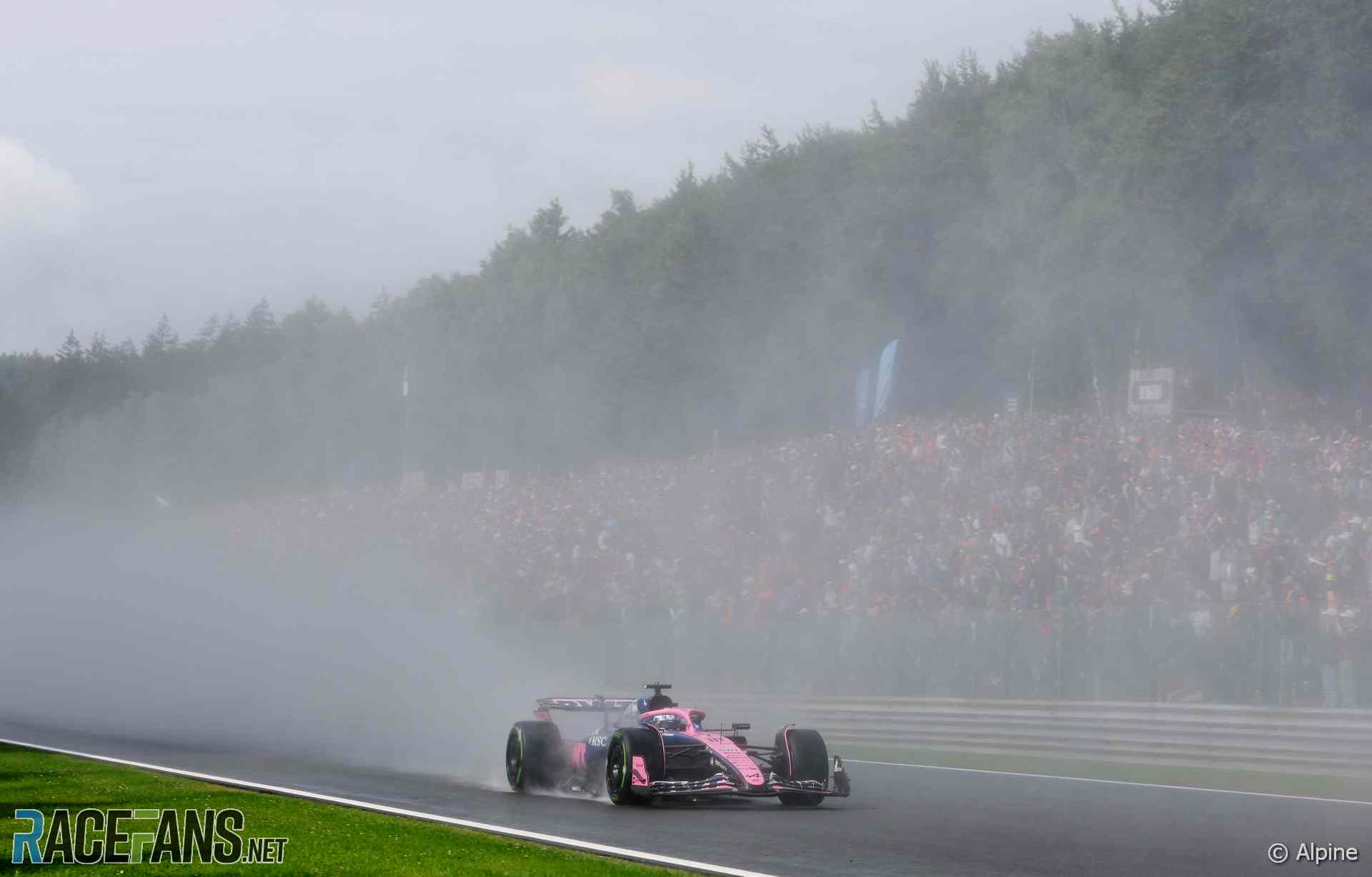Formula 1 drivers have emphatically defended the FIA’s recent decision to prioritize safety in challenging wet conditions, particularly following a concerning incident at Silverstone and the subsequent cautious approach taken at the Belgian Grand Prix.
The discussion intensified after Isack Hadjar’s collision with Andrea Kimi Antonelli at Silverstone, an event that starkly highlighted the severe visibility issues inherent in heavy rain and the perilous nature of high-speed racing without clear sightlines.
Drivers, including Pierre Gasly, stressed that race control had communicated a proactive stance, vowing to err on the side of caution at Spa, directly influenced by the Silverstone crash and the historic challenges of the Spa-Francorchamps circuit.
Many veteran F1 drivers have consistently provided crucial feedback to the FIA, emphasizing that track conditions appear far more treacherous from inside the cockpit than they do on television, strongly advocating for more conservative safety measures in wet weather racing.
Recalling a perilous experience at Spa in 2012, one driver vividly recounted almost hitting a stationary car amidst dense spray, reinforcing the critical need for improved F1 safety protocols, especially regarding visibility on high-speed sections during wet F1 races.
The debate also touched upon the inherent design of modern Formula 1 cars, whose advanced aerodynamics contribute significantly to the colossal walls of spray, severely limiting driver vision even in moderate rain. This technological aspect is a key factor influencing FIA decisions.
While some fans and pundits advocate for more thrilling wet F1 races, drivers consistently underline the severe risks involved, distinguishing between racing excitement and unavoidable hazards posed by zero visibility, especially on high-speed sections like Spa’s Kemmel straight, crucial for Formula 1 racing.
Critics who selectively point to past wet crashes as reasons to avoid F1 wet racing altogether are often met with counterarguments, highlighting numerous serious dry-condition crashes and questioning a potentially lopsided view that only focuses on wet incidents to confirm biases.
Ultimately, the consensus among a significant portion of the paddock is clear: driver safety must remain paramount. While the sport seeks to enhance the spectacle of Formula 1 racing, ongoing dialogue between drivers and the FIA is essential to continually refine protocols for extreme conditions, ensuring thrilling races without compromising lives.






Leave a Reply